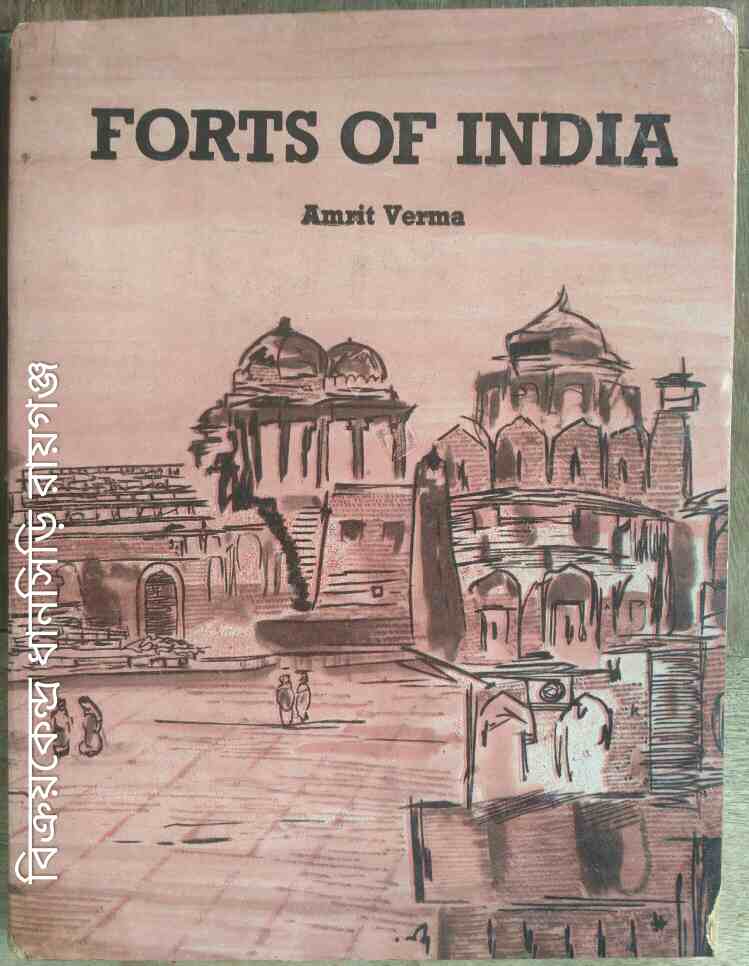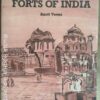FORTS as defensive measures existed in ancient India, perhaps even before
the third millennium when the Indus Valley civilisation flowered over a large area in the north-west of the Indian subcontinent.This may sound very ancient to us but elsewhere forts were built much earlier. For instance, Jericho city had a fortress as early as 7003 B.C. It had a 21 feet high wall encompassing an area of 10 acres and a 15 feet wide and 9 feet deep outer moat to protect the city. The Great Wall of China was built to
discourage incursions of nomadic tribes by Emperor Shih Huang Ti in the 3rd
century B.C. Compared to these, Indus Valley civilisation is younger.Excavations at sites of the Indus Valley have unearthed palaces, defensive and offensive weapons and fortifications. Mohenjodaro and Harappa are two such earlier sites. Mohenjodaro had a 50 feet high citadel fortified by a baked brick wall and solid towers. On its summit were a long building(230 x 78 feet), perhaps the residence of a high official or priest, and a granary.The fortified citadel mound of Harappa with its rampart of mud brick tapered upward from a 40 feet base and a similar tapering external pavement of baked brick. In the 3000-yards space between the mound and the river were barracklike blocks of workmen’s quarters as also granaries in 1000 sq. yd. floor space.The mounds of Kalibangan and Lothal belong almost to the same culture.
Kalibangan, 100 miles south-east of Harappa, in the Ganganagar district of
Rajasthan (and in the dry valley of the Ghaggar formerly known as Saraswati)
had two small mounds, one smaller than the other. The smaller one had a citadel
whose platforms were surrounded by walls with rectangular bastions. The southern side had an entrance built and a towered wall that was useful for defence. The larger mound was unfortified.Lothal, 450 miles south-east of Mohenjodaro on the sea plain of Kathiawad,Dabar Kot in northern Baluchistan, and Amri 100 miles south of Mohenjodaro,were other mounds.By the end of the third millennium, the Indus Valley civilisation had expanded and thrived over a vast area that extended from the western coastlands from Makrana to the Gulf of Cambay.
Forts Of India -Amrit Verma
Click on the button below to contact us on WhatsApp, and buy.
HOW TO PAY
You can pay send your payment at any of the following UPI IDs, or scan the QR code, or send the payment directly to our bank:
INDIA POST PAYMENTS BANK

(IPPB) UPI ID= 9563646472@postbank
Malay De Sarkar
A/C No: 100005759940
IFSC: IPOS0000001
Mobile: 9563646472
STATE BANK OF INDIA

(SBI) UPI ID= 9563646472@sbi
Malay De Sarkar
A/C No: 32004843406
IFSC: SBIN0000162
Mobile: 9563646472


